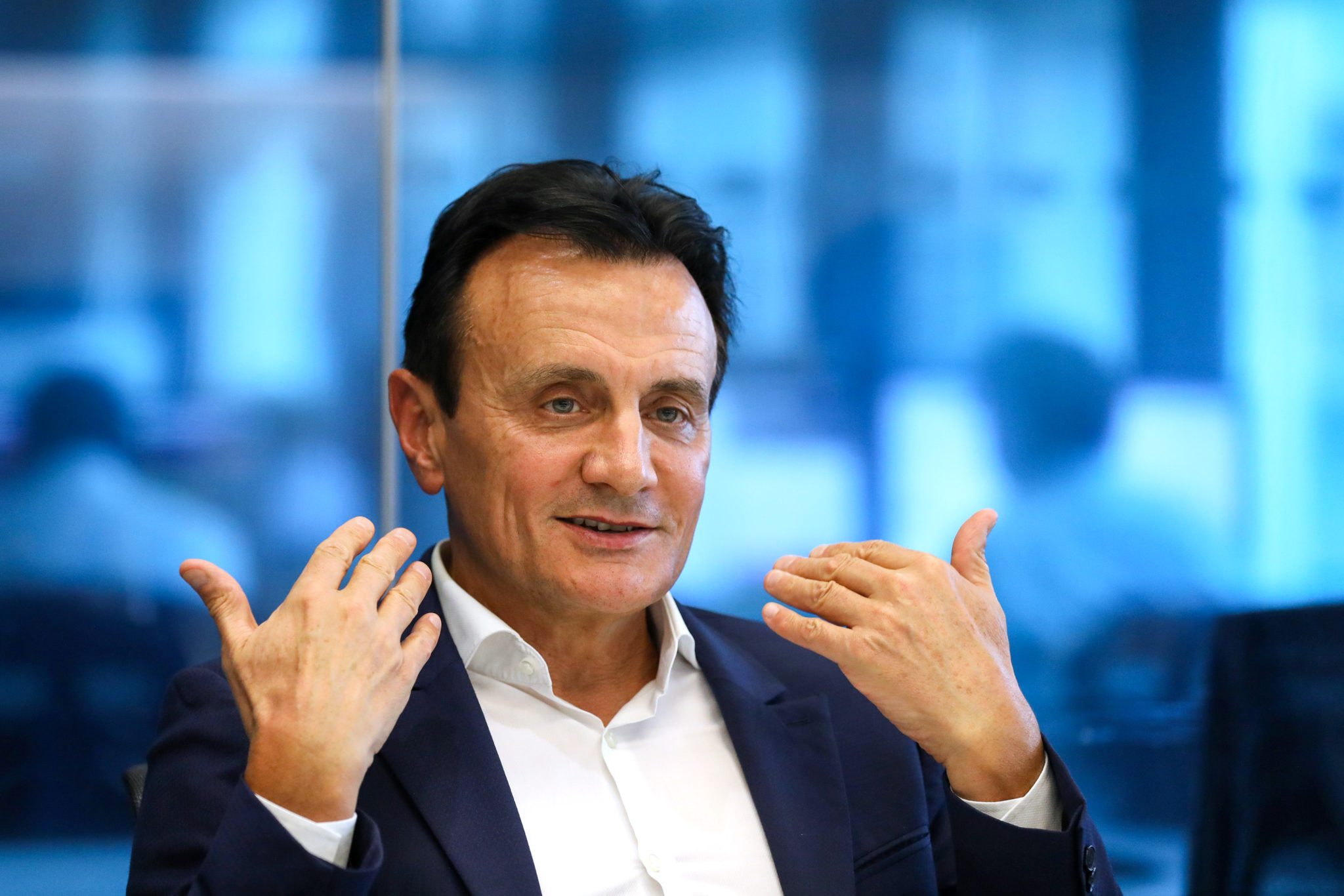
Pascal Soriot and AstraZeneca commit to zero-carbon by 2025, carbon-neutral by 2030. Where's the rest of Pharma?
Pascal Soriot has spent more than 20 years at the top of an industry recently found to emit more carbon than the automotive industry.
He called himself a “global citizen,” and traveled often across three-plus continents. While CEO of AstraZeneca, he commissioned a flight service — media-dubbed AstraZeneca airlines — from Cambridge to the company’s other European hub in Gothenburg. He made few, if any, public statements on the environment or his companies’ impact on it.
Unlock this article instantly by becoming a free subscriber.
You’ll get access to free articles each month, plus you can customize what newsletters get delivered to your inbox each week, including breaking news.